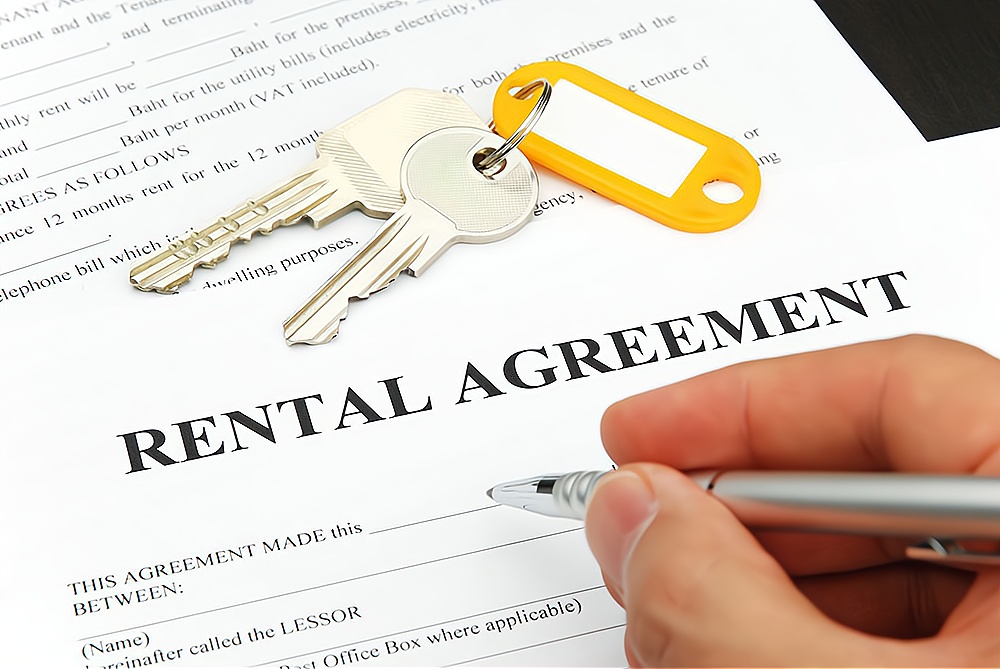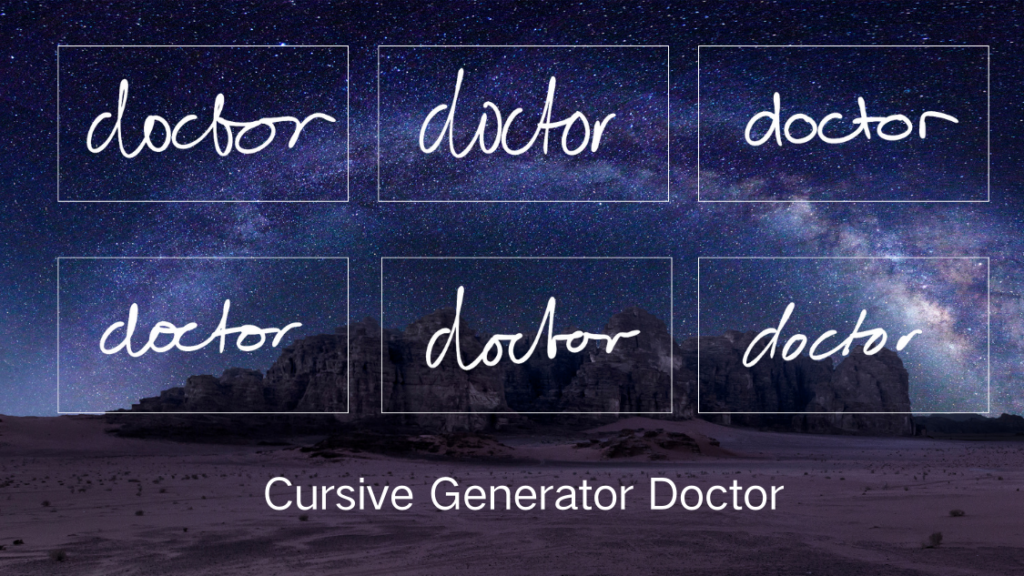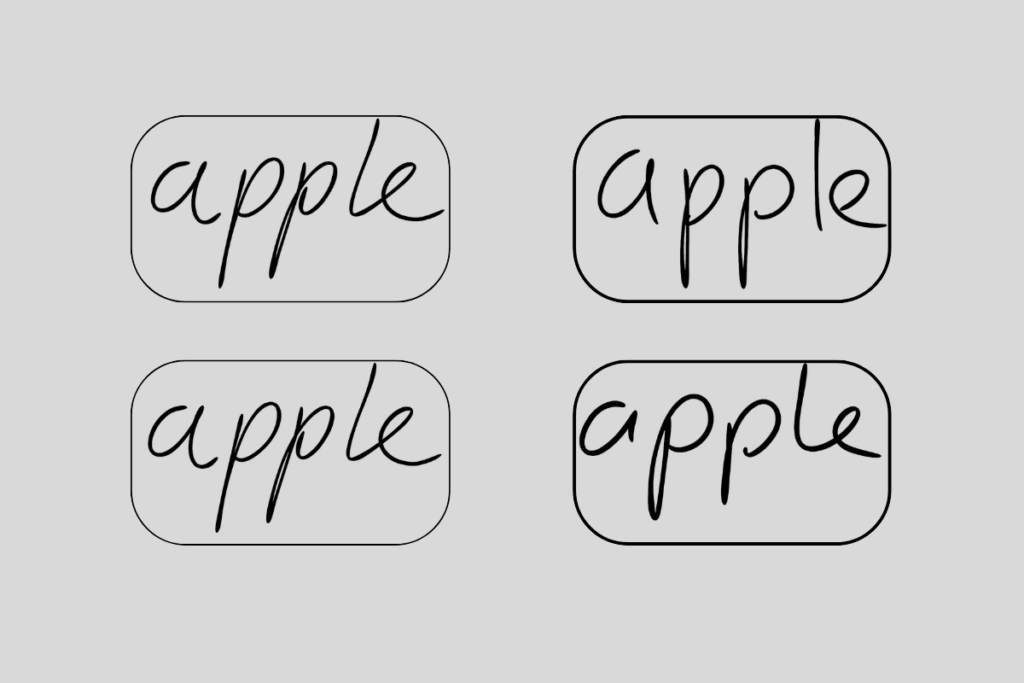AI Lease Agreement
AI lease agreement is an innovative approach to drafting, managing, and executing rental contracts using artificial intelligence (AI) technology. Unlike traditional lease agreements, which are typically created manually by landlords or legal professionals, an AI lease agreement leverages machine learning algorithms and automated processes to generate, customize, and store lease contracts in a digital format.

What is a Lease Agreement?
A lease agreement is a legally binding contract between a property owner (the landlord) and a tenant, outlining the terms and conditions under which the tenant will rent the property. It specifies the rights and responsibilities of both parties during the rental period, as well as the obligations for maintaining the property, paying rent, and adhering to rules or regulations.
Key Components of a Lease Agreement
-
Parties Involved
- The landlord (property owner or management company).
- The tenant (individual or entity renting the property).
-
Property Details
- The address and description of the rented property, such as the unit number, type of property (house, apartment, etc.), and amenities included.
-
Lease Term
- The duration of the lease, which can be short-term (e.g., month-to-month) or long-term (e.g., 12 months or more). The start and end dates of the rental period are clearly outlined.
-
Rent Payment Terms
- The amount of rent due, payment method (bank transfer, check, etc.), due date, and penalties for late payment (e.g., late fees or interest charges).
-
Security Deposit
- A deposit that the tenant pays upfront, which can be used to cover damages or unpaid rent when the lease ends. The conditions for returning the deposit are usually included.
-
Maintenance and Repairs
- Details about who is responsible for maintaining the property, making repairs, and handling any issues that may arise (e.g., plumbing, heating, electrical issues).
-
Tenant’s Rights and Responsibilities
- The rules tenants must follow, such as noise regulations, pet policies, and restrictions on altering the property (e.g., painting walls or making modifications).
-
Landlord’s Rights and Responsibilities
- The landlord’s obligations, including ensuring the property is habitable, responding to maintenance requests, and adhering to laws such as providing proper notice for inspections or eviction.
-
Termination and Renewal Terms
- Conditions under which either party can terminate the lease early (such as non-payment of rent or breach of contract) and whether the lease can be renewed or extended.
-
Additional Clauses
- Some lease agreements may include additional provisions, such as subletting, guest policies, or insurance requirements.
Purpose of a Lease Agreement
A lease agreement serves several key functions:
- Protects both parties: It ensures that both the landlord and tenant understand their rights and responsibilities, reducing the potential for misunderstandings or disputes.
- Defines expectations: It sets clear guidelines for the use of the property, including the rent amount, payment schedule, and maintenance expectations.
- Establishes legal recourse: In case of a violation, such as non-payment of rent or damage to the property, the lease agreement provides a legal framework for resolving disputes.
How to Create a Lease Agreement with AI?
SignMaker AI Contract Generator can quickly create professional, legally compliant contracts. It's fast, professional and secure.You can use it for free to quickly generate a rental agreement.





